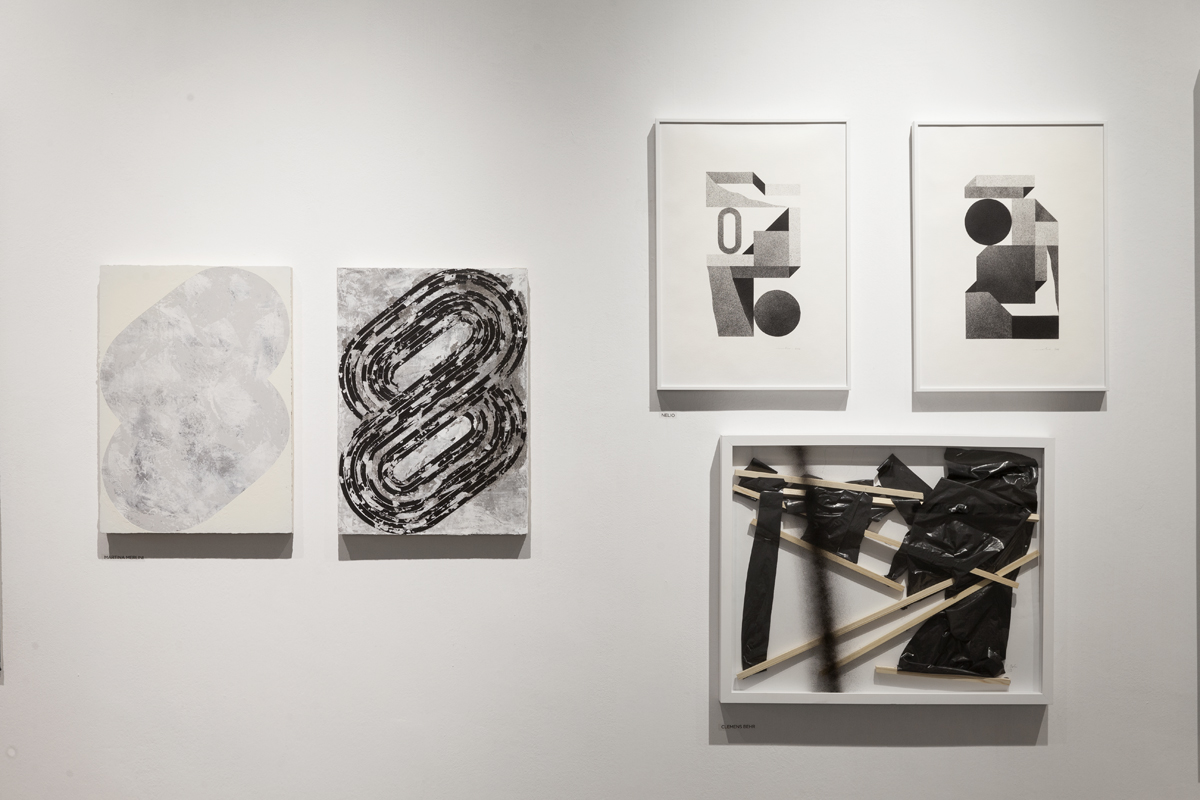Altrove – Abstractism
INTERVIEW BY GALLERIA VARSI

Altrove was born three years ago, Can you tell us how did the project start and how it evolved in time?
A: Back then we were students living away from home. Everyone was saying that in Italy there was no future and that the country did not offer the chances you could find elsewhere; for Calabria it was even worse. This unconditional surrender was too tight for us and so we decided to give it a try, to create ourselves an altrove [elsewhere], without too many long-term objectives, and to just explore what the real possibilities were, to verify if what everybody said was true. So we started by organizing an event in Catanzaro as if we had been in Berlin, looking for opportunities rather than fixating on the critical issues. It was just a try, almost an experiment, but today we are here, we have done three editions of our event and have an art gallery.
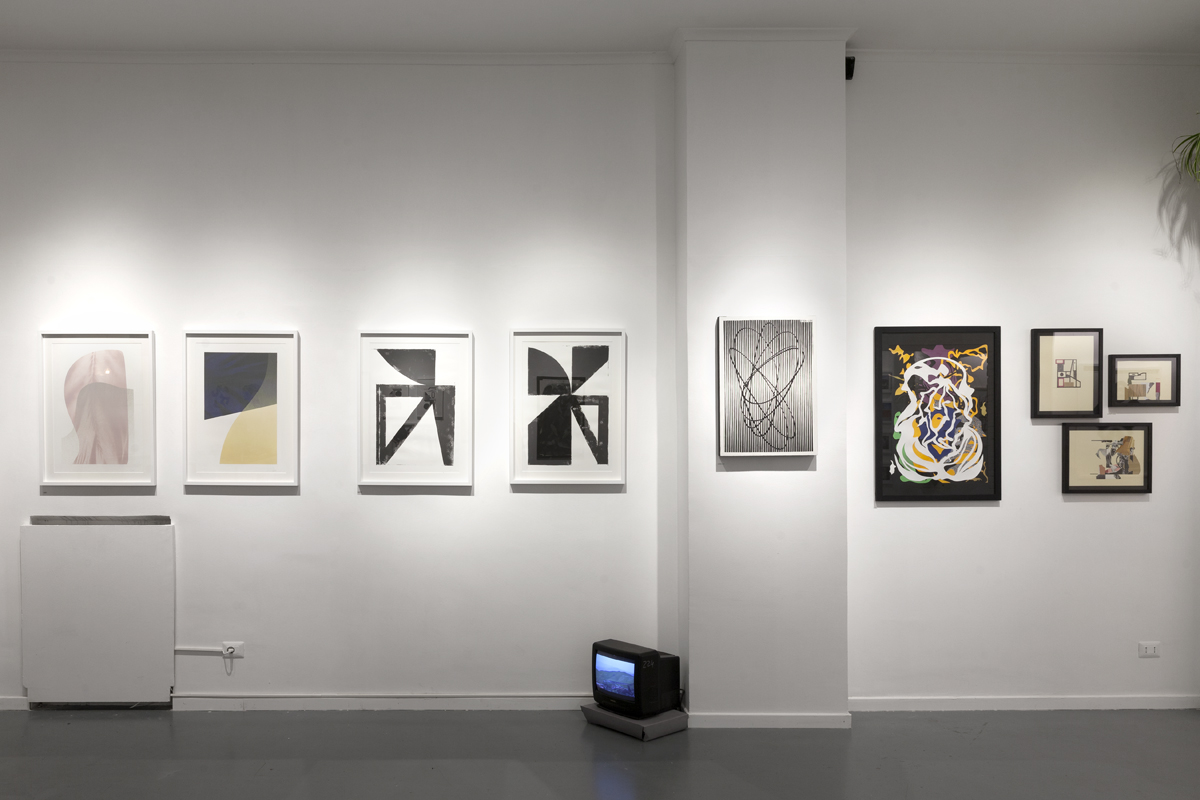
You work in Catanzaro, a city in which murals were missing before your intervention, and which today boasts more than forty public works. How did the people react and what about local government? What was the impact of the project on the territory? Is it what you wanted?
A: Everything that has happened greatly exceeds our initial expectations. In the first year the response was impressive and it led us to drop everything, move back to Calabria and to devote ourselves entirely to the project. People immediately offered us the support without which it would have been unthinkable to create what we have done so far, and the same goes for the institutions. Last year, when a local association tried to stop the festival, there was a popular outcry in our defense. This moved us and made us even more aware of how the city is pouring out to us enthusiasm and expectations. The territory has grown along with us. In 2013 the city was described as dull or dead; today there is a daily talk of visual and performing arts and culture at the center of the city’s debate. But perhaps the most important thing is that Altrove has become a model for other groups of young people who have decided to get involved in the city and have created interesting and growing activities.
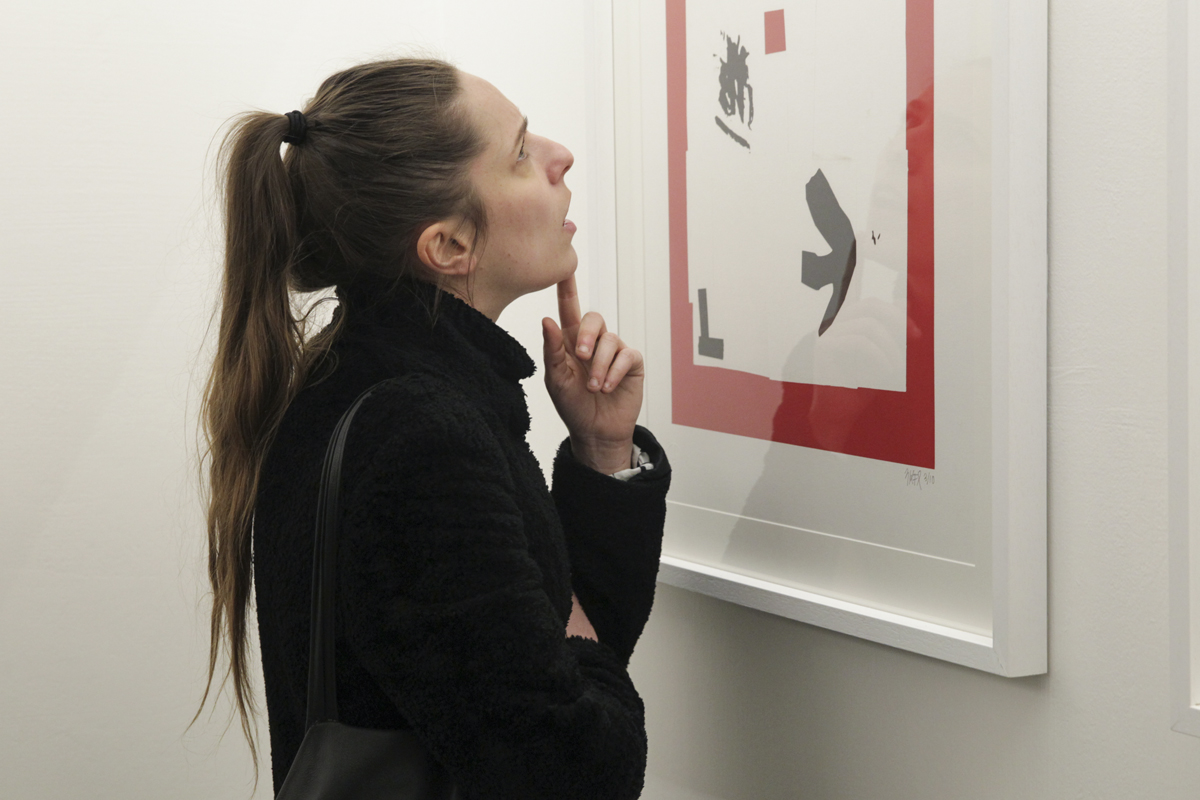
A festival of Public Art, one of the most relevant on the scene, and from 2016 also an exhibition space all of your own: the Altrove Gallery. From the beginning you have combined Public Art with important exhibition activities. Are these parallel or complementary projects?
A: The gallery gives us the possibility to develop the experiment we carried out in public spaces. In our vision it is certainly a complementary project that allows us to invest directly on finding artists in which we strongly believe. Furthermore, we were going crazy always working from home and we saw the gallery as a place where we could develop projects, meet people and offer them a stable point of reference.

Unlike many Public Art Festivals that involve artists with different means of expression, you immediately showed a well-defined line by choosing to invite only abstract artists. Can you explain the reasons for this choice?
A: We tried thinking about the concept of shared space taken for thousands of years by buildings arranged in an aerially seen territory. So we focused on the interaction between art and urban landscape, working with artists who study the constraints and their opportunities of a wall and its surroundings to produce their murals. Rather than sending out messages on social networks with the unnecessary goal of 2000 likes, we preferred to gamble, convinced that the only way to produce real growth in a territory unaccustomed to research was to trigger thoughts in people, suggesting questions rather than giving answers. In a place where you have to generate culture from the start, you cannot strive to please the common taste but you have to push people to go further, get them used to new proposals. Abstractism for all these reasons seemed perfect; furthermore Italy today is full of excellence that carries this aesthetic message with many international leaders in the field. The works of the first edition of “Abstractism” have thrilled us and therefore we proposed the second one, varying research, sites and sizes. We do not know if we will continue like this: the city has changed and fortunately many considerations which were valid before are no longer true.
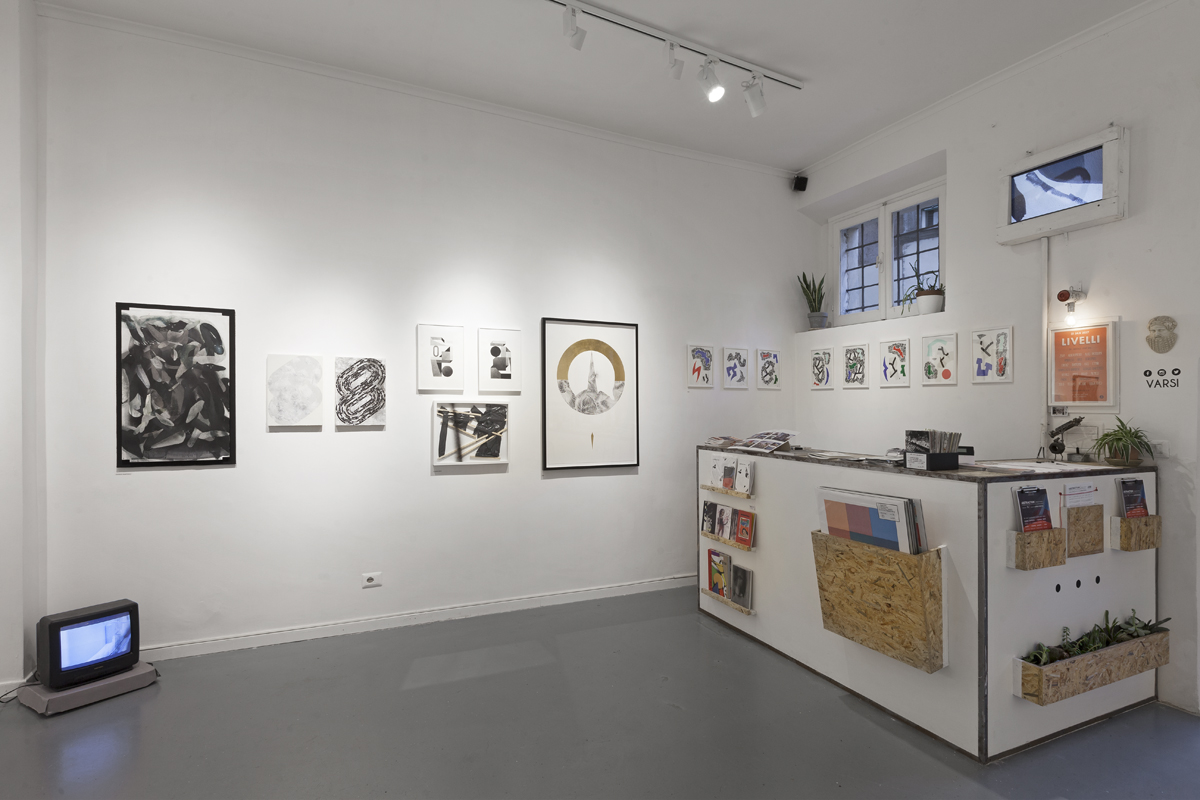
“Abstractism” is the “fusion” of two major exhibitions: “Abstractism - Space to Place”, 2015, and “Abstractism - Humanize Landscape”, 2016. For the first time the works leave your region and arrive in Rome at Galleria Varsi. For the exhibition you chose to also present new works of the artists who participated in these exhibitions. What does “Abstractism” represent?
A: “Abstractism” represents a crucial stage in our artistic path; it contains the work of more than twenty artists who in recent years have come to Catanzaro and have found a place where they feel free to experiment. “Abstractism” is an expression of how artists relate to their art, a witness of our shared values and an ever-evolving search. For us it is more than an exhibition, it is a way to reunite the family and we are happy to do it at Varsi which is like a second home.
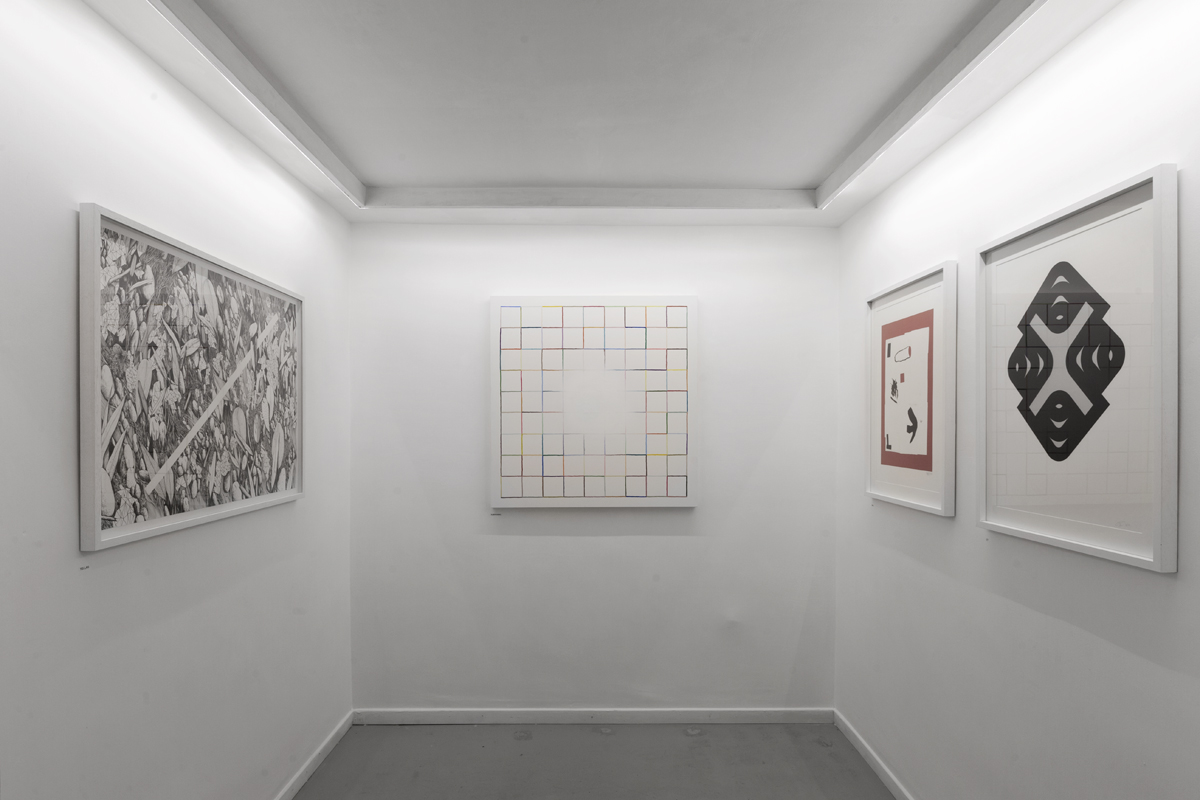
Over the years you have worked and met many artists, you have come in contact with their way of thinking, I guess also on the open debate on historicizing “Street Art”, an ambiguous term that many reject. Do you think that historicizing is really necessary? Do you feel actively part of this debate? You have often spoken of “movement”. What do you then think are the common characteristics that can label an artist and which are the limits, if any, of historicizing?
A: It is surely necessary to increase the quality of information (we are already there for quality), going beyond the idea that “a colored wall is better than a gray one”. Today we are no longer in that phase. “Street Art” now does not mean anything; it is a cauldron where artists have been put even though they have very different contents and means of expression. We believe it is time to go deeper and analyze the complexity of an extremely varied scene and to focus on the quality and impact of the works. The greatest difficulty we see today in historicizing is due to the excessive emphasis the media gives to purely commercial works, rather than shed a light on a very complex phenomenon, therefore fueling a distorted and simplistic view. We see an authentic movement, we believe in it and as players in this scene we feel the need to define its characteristics and think about its role in the contemporary world.
